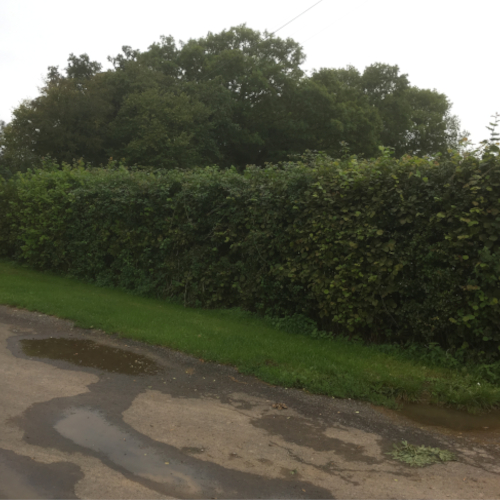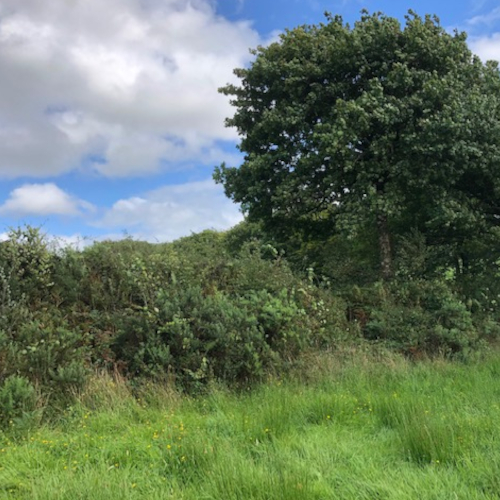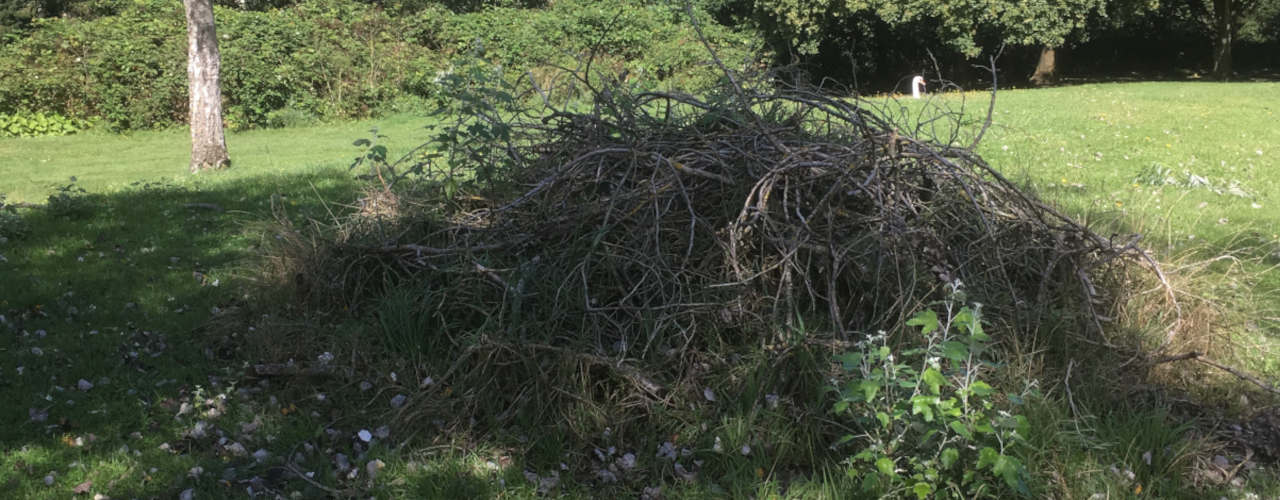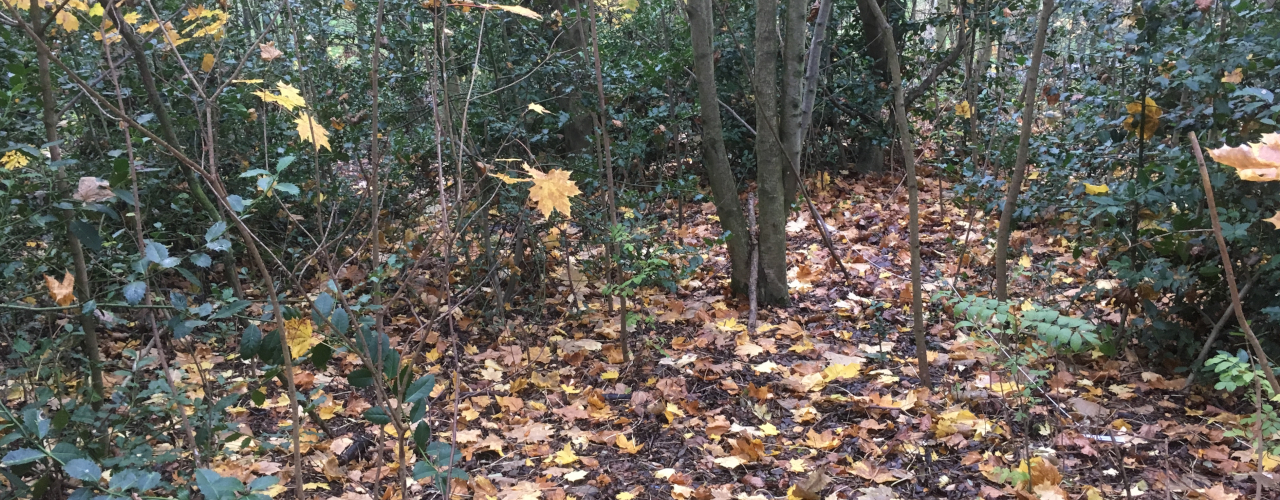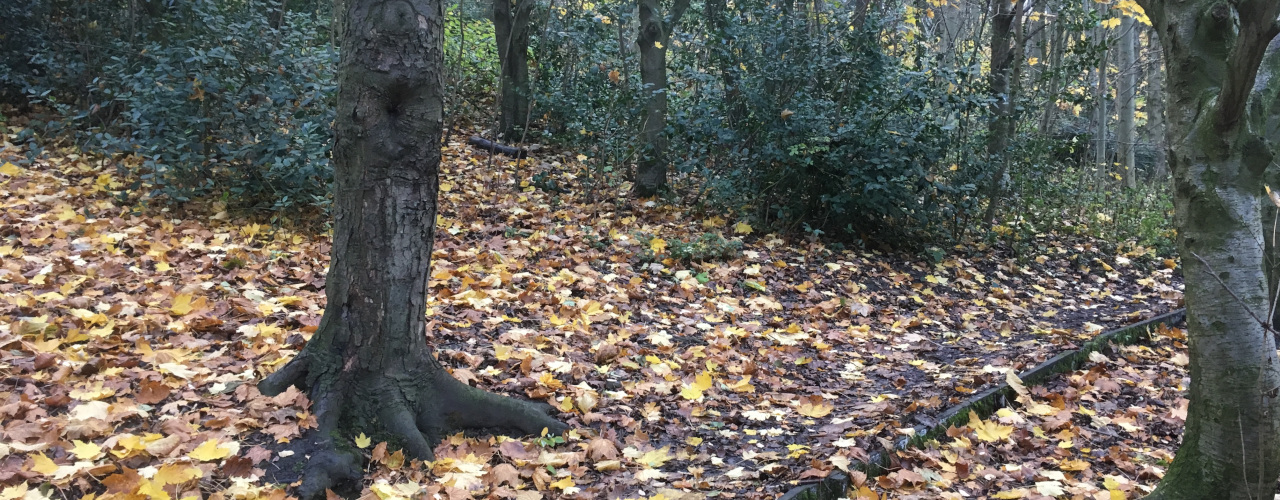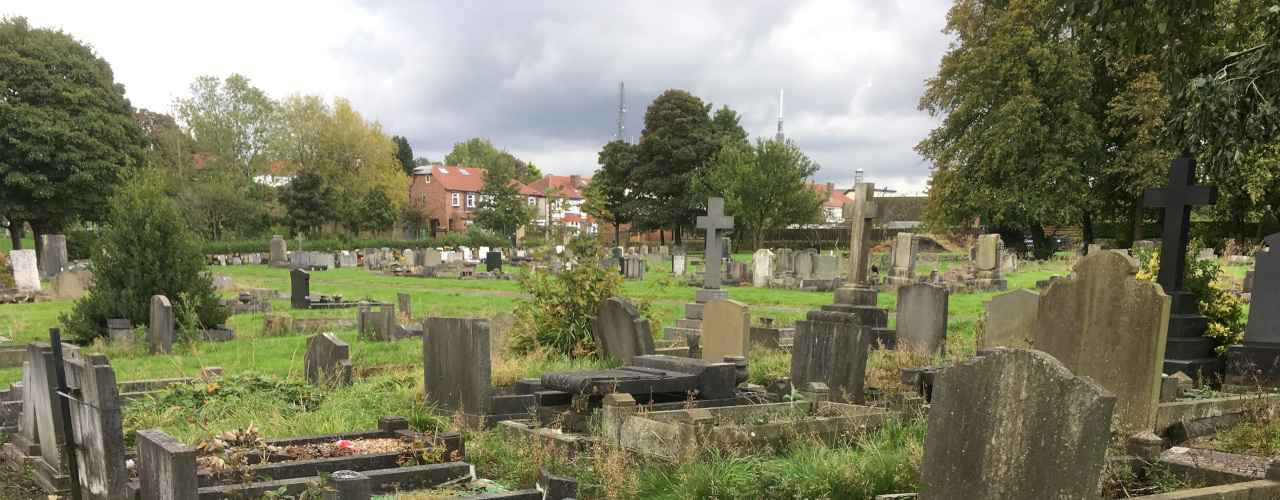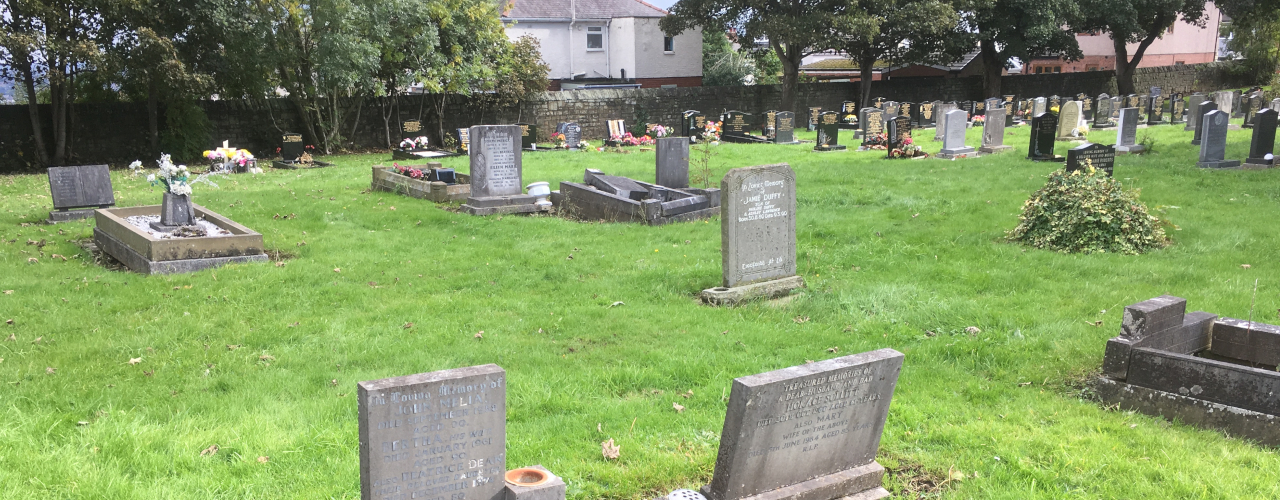Mixed Native Hedges (Part 4) - Maintenance
When it comes to building foundations and trees, mixed native hedges close to buildings can give engineer’s cause for concern. By maintaining a hedge to a fixed height (1.5m for example), and preventing the tree species in the hedge from reaching their maximum height, the water demand of the hedge, and therefore the ability to cause soil shrinkage and influence on foundations is reduced.
However, not all hedges are consistently maintained – meaning the tree species in the hedge are given the opportunity to grow to their full potential – which can cause problems if not considered.
For hedges in close proximity to buildings - where you know the foundations haven’t been designed to accommodate it, or if you are unsure of the foundation design – consider using exclusively shrub species, rather than trees in the hedge mix.
Ecological maintenance
How a hedge is maintained is fundamental in how much wildlife it can support. A hedge receiving either too little or too much maintenance can cause reductions in the overall biodiversity of the hedge. Achieving this balance, along with a few of the following tips can help maximise biodiversity.
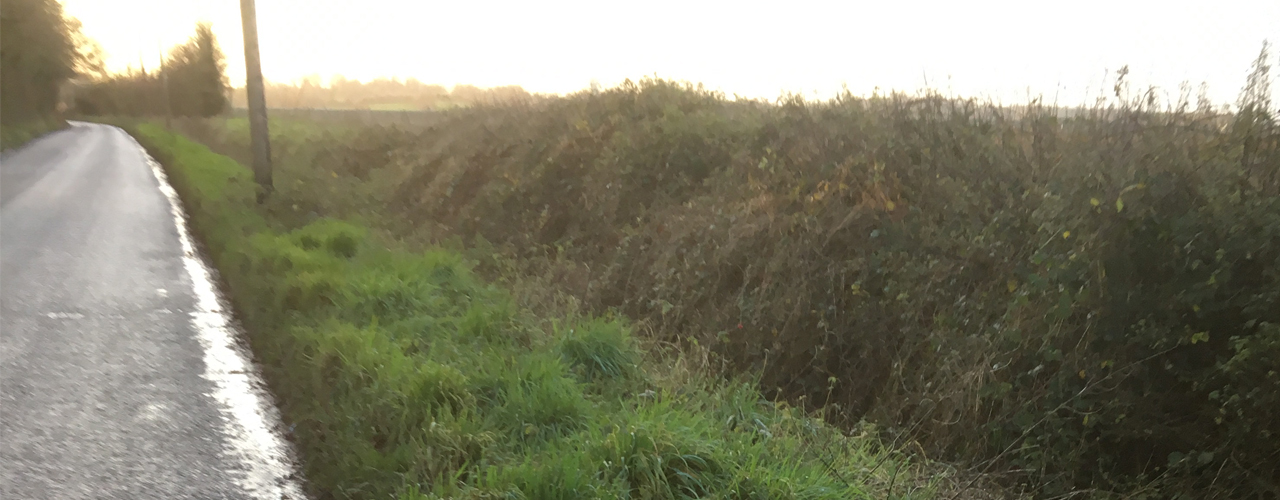
Thickness is key when it comes to the ecological value of a hedge. The wider the better – especially to the bottom of the hedge due to the increased sheltering opportunities for ground-based animals. Because of this, prioritising width over height can be beneficial. A wider base also helps to protect the roots and base stems from any damage during routine hedge maintenance.
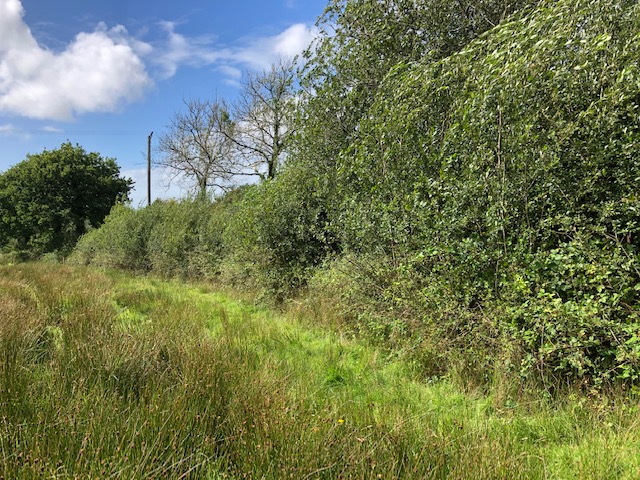
Likewise - allowing a narrow grass strip to grow adjacent to the bottom of the hedge (between 0.5-1m wide) can also help protect the base from strimming or grass cutting. This transition from hedge to tall grass to short grass can be considered an 'ecotone' (a gradual transition between different habitats) - these edge habitats are particularly good at providing for species with very specific habitat requirements, and are especially good for biodiversity.
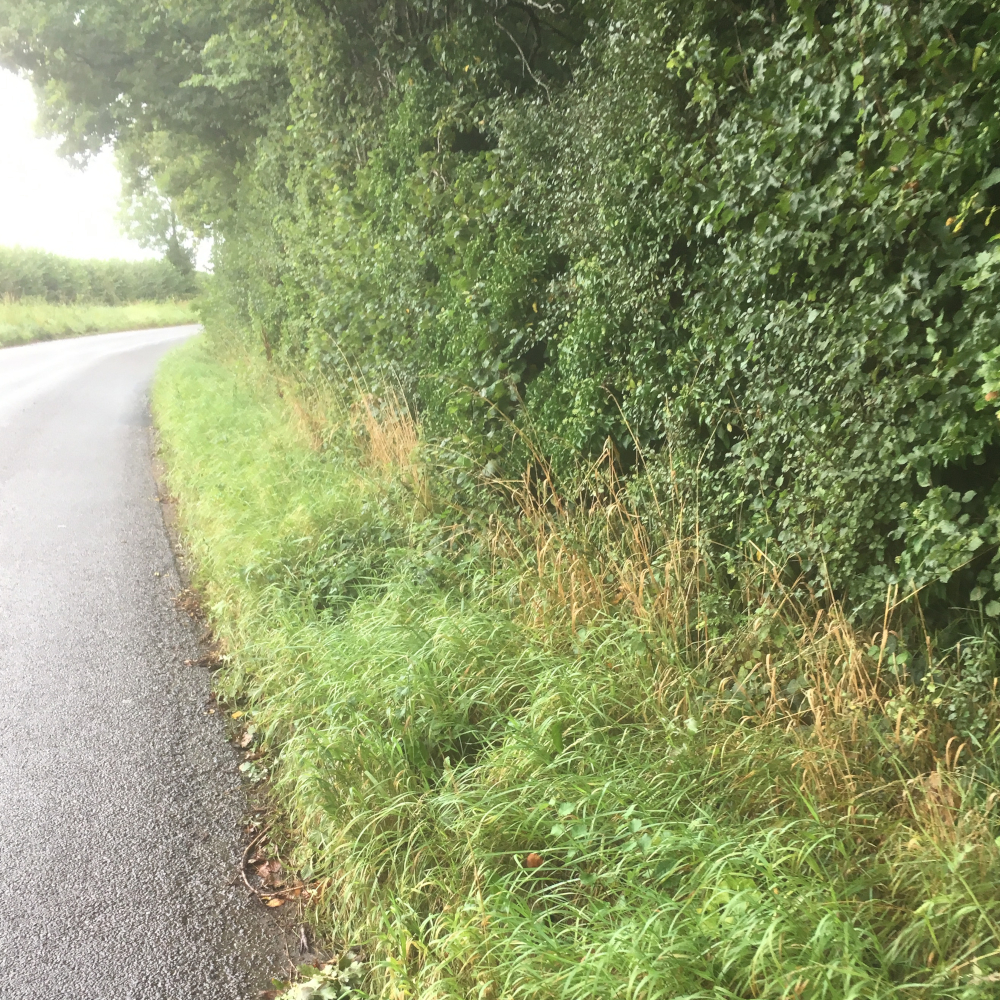
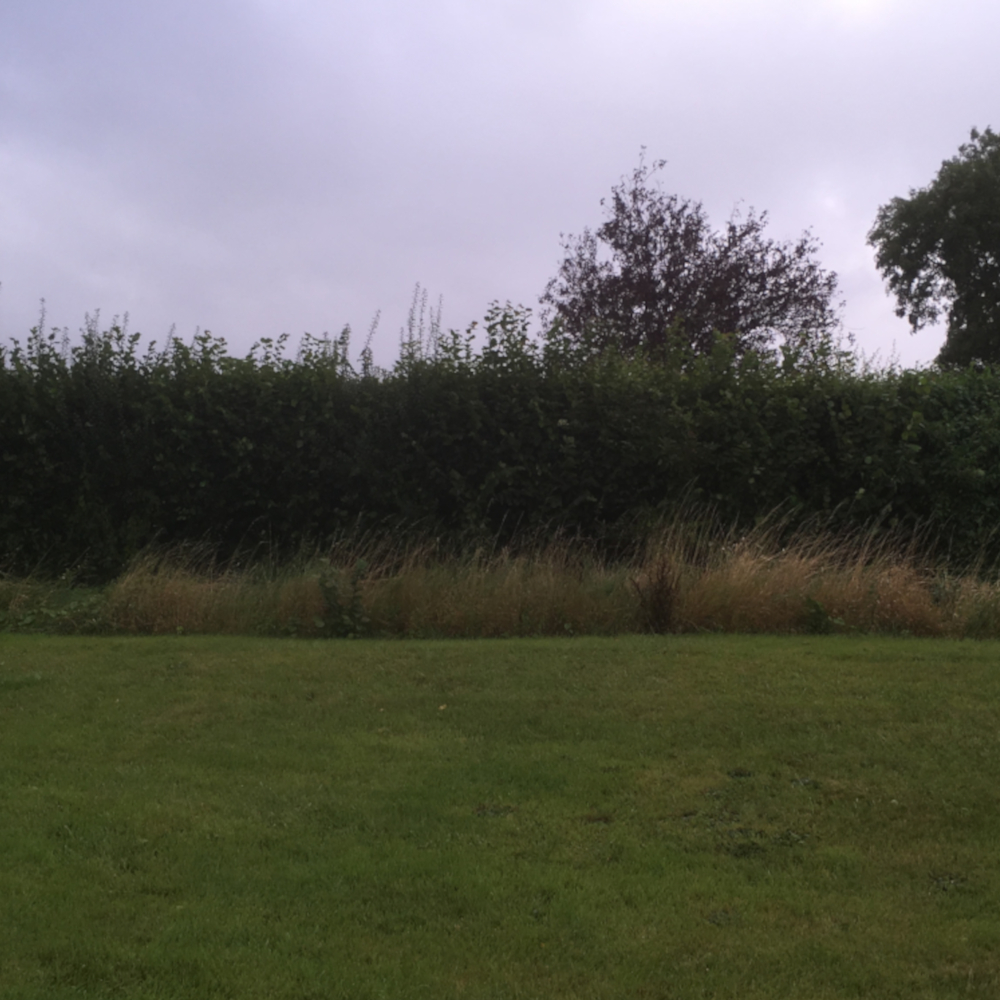
Consider maintaining hedges on a rotational basis for further value to wildlife. Cutting no more than a third of the total hedge in any one year is considered beneficial for wildlife. This means that in any one year, a variety of hedge habitat and food sources are always available.
Consider re-using waste materials from maintenance for the construction of ecological structures such as brash or log piles on site.
These are great for wildlife and also means the waste material doesn’t need to be transported off site. In the context of residential developments, they can be used to offset ecological requirements.
In some cases in a newly proposed hedge, a particular species (such as Prunus spinosa – blackthorn) may have begun to outcompete the less vigorous species in the mix. In which case it could be beneficial to remove a proportion of the species in question, and replace with a less vigorous species.
Note:
Remember to avoid any hedge maintenance (trimming or removal) in the bird nesting season between February – August. Maintenance within bird nesting season can be harmful to nesting birds and result in legal ramifications
Formal or informal?
Formal mixed native hedges typically:
- contains fewer species than their informal counterparts for a more uniform appearance
- receive more trimming/maintenance for added neatness
- have a consistent fixed width and height along its length.
- have any specimen trees distributed at fixed intervals
In comparison, an informal hedge typically:
- receives less consistent (and less frequent) maintenance along its length
- may vary in width, height and species composition along its length
- favours rotational hedge maintenance
- any specimen trees may be clustered together or distributed at inconsistent spacings
